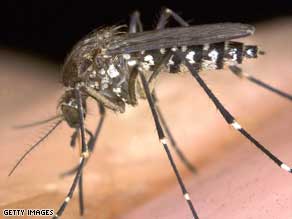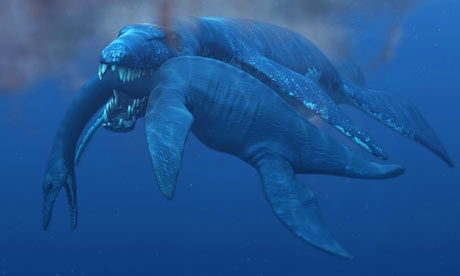
From Wired News:
For the next installment of the Terminator franchise, Hollywood might skip the polymimetic liquid alloys — they're so 2003 — and turn to the laboratory of Ray Baughman, who has created a next-generation muscle from carbon nanotubes.
Baughman and his colleagues have produced a formulation that's stronger than steel, as light as air and more flexible than rubber — a truly 21st century muscle. It could be used to make artificial limbs, "smart" skins, shape-changing structures, ultra-strong robots and — in the immediate future — highly-efficient solar cells.
Read more ....
















































